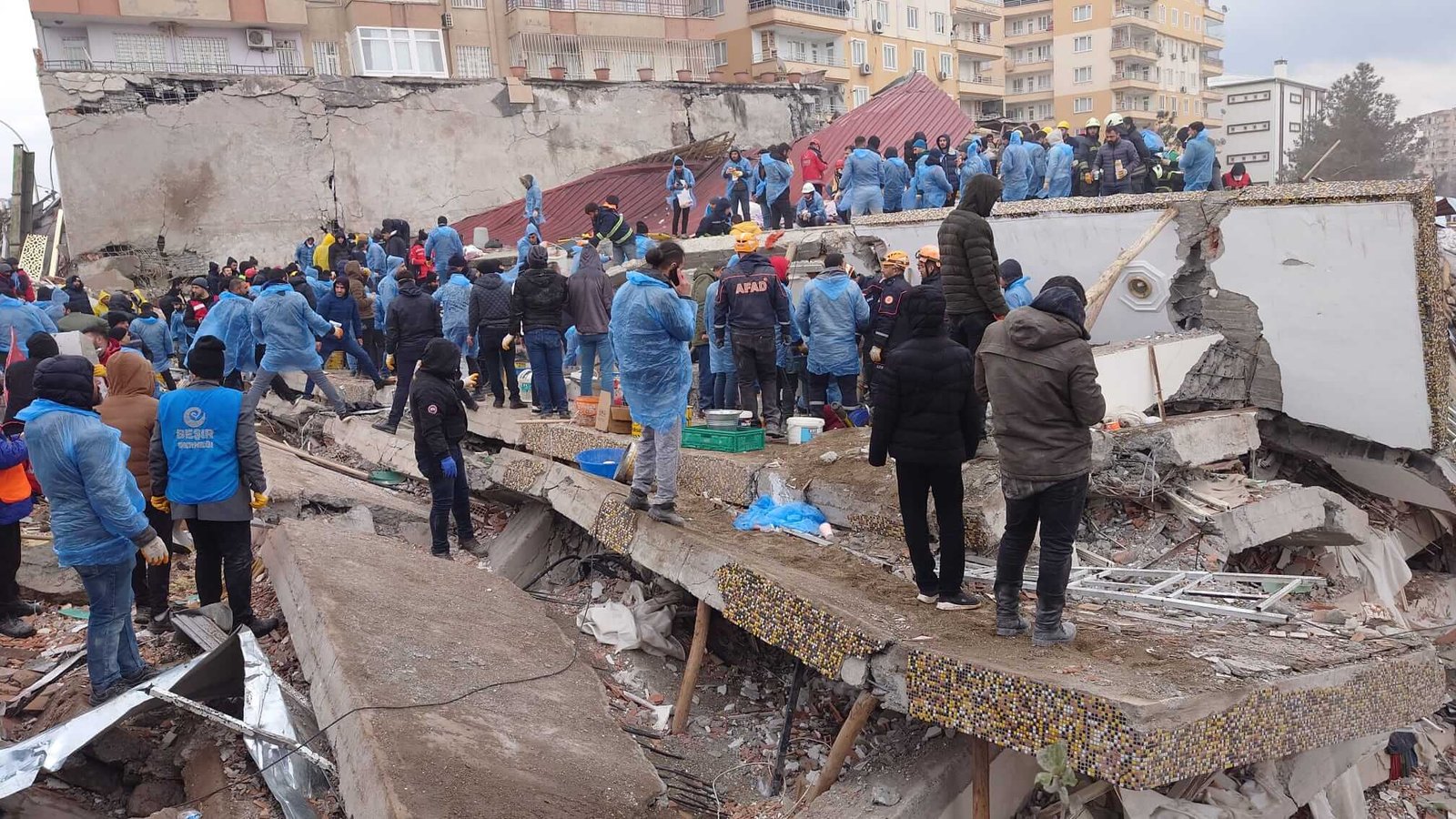Did poor construction contribute to Turkey earthquake deaths?
Early Monday morning, a 7.8-magnitude earthquake hit southern Turkey, at the time of this writing, more than 7,800 deaths have been reported in the area and in Syria, to the south. Powerful aftershocks, including one measuring in at a magnitude of 7.5, roiled the regions hours after the quake struck.
According to estimates by the Turkish government, approximately 3,450 buildings collapsed, contributing to the fatalities. Photos show many of the newer concrete buildings with “soft” lower floors collapsing like a pancake, an outcome that could have been influenced by construction techniques that didn’t adequately account for (common-in-the-region) earthquakes.
One op-ed in the Washington Post advanced the idea that impacts of the natural disaster were amplified by “Turkey’s reliance on construction-driven economic growth, cronyism and willingness to ignore its own building [standards].” It noted that Tayfun Kahraman, an urban planner serving a life sentence for his role in a 2013 protest, made the following (translated) statement on Twitter in response to the post-earthquake destruction:
“In our country, which was shaken by the earthquakes of magnitude 7.7 and 7.6, the priority is to save lives and organize solidarity to meet urgent humanitarian needs. The next task is to take account of public buildings, hospitals, roads and airports that the rent scheme has turned into rubble.”
AN will update readers on the Turkey earthquake aftermath and reconstruction in the near future.




